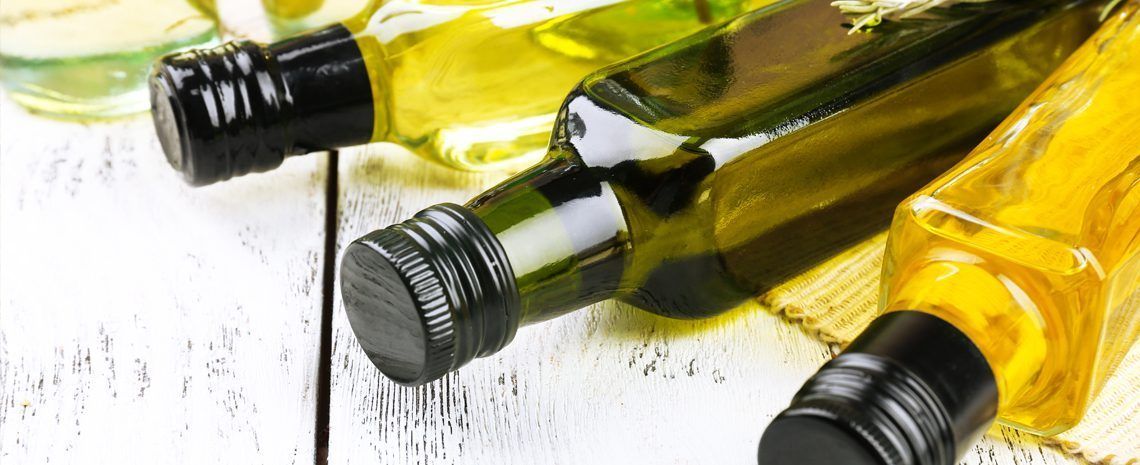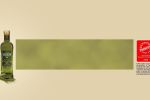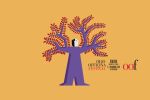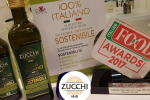26 January 2015
It will be of no surprise to anyone if I say that olive oil is a major product in the Italian culture. In fact, Italy is the second country in the world for extra virgin olive oil production after Spain, but is the first in terms of consumption. In the current market, where the food and drink industry requires increasing quality and skills, the blendmaster is an influential figure, halfway between a scientist and artist. And I’ll try to explain why.
Blending – as I’ve already explained – is the combination of two or more oils with different characteristics, creating a blend in which the qualities of each component are brought out and enhanced. Most importantly, the resulting blend must be greater than the sum of its parts, both in terms of aroma and flavour.
Said like this it may seem rather simple but, believe me, it isn’t easy at all. It is something which, as well as technical skills, also requires knowledge of chemistry and biology. And as if that wasn’t enough, the special characteristics of the “raw materials” need to be considered: extra virgin olive oil, in fact, changes continuously over time and varies in ways that cannot simply be translated into numbers. For this (and many other reasons), it can’t be summed up as the addition of one oil to another in the right proportions, but is much more.
Over the coming weeks, I – together with some of my colleagues – want to tell you some of the secrets of this multi-faceted art, accompanying you on a colourful and intensive journey through the process of creating quality olive oil.






